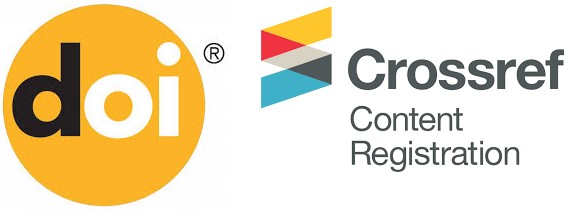Adsorption of Rhodamine B by Egg Shell Hydroxyapatite
Keywords:
Adsorption, Agricultural waste, Egg shell hydroxyapatite, Rhodamine BAbstract
Agricultural waste has been severely reported as a low-cost and efficient adsorbent for the removal of pollutants including dyes from waste water and industrial effluents. This study investigates the optimum conditions for the efficient performance of chemically activated egg shell as an efficient biosorbent for the removal of Rhodamine B (RhB) from aqueous solutions. The adsorbent was characterized by Fourier Transform Infrared Spectroscopy (FTIR) and Scanning Electron Microscopy (SEM). The optimum adsorption capacity of egg Shell hydroxyapatite was determined through batch adsorption experiments. The effects of initial RhB concentration, pH, contact time and temperature on the adsorption capacity were studied. Egg shell hydroxyapatite showed maximum adsorption capacity of 6.5 mg/g at an acidic pH of 3. The rate of Adsorption was found to increase with increase in temperature and contact time. The adsorption process followed pseudo-second-order kinetics, indicating chemisorption as the rate-limiting step. The adsorption isotherm data were well-fitted to the Langmuir isothern model, suggesting monolayer adsorption of RhB onto the egg shell hydroxyapatite surface. Overall, egg shell hydroxyapatite showed great potential as an effective and sustainable adsorbent for the removal of Rhodamine B from aqueous solutions.





